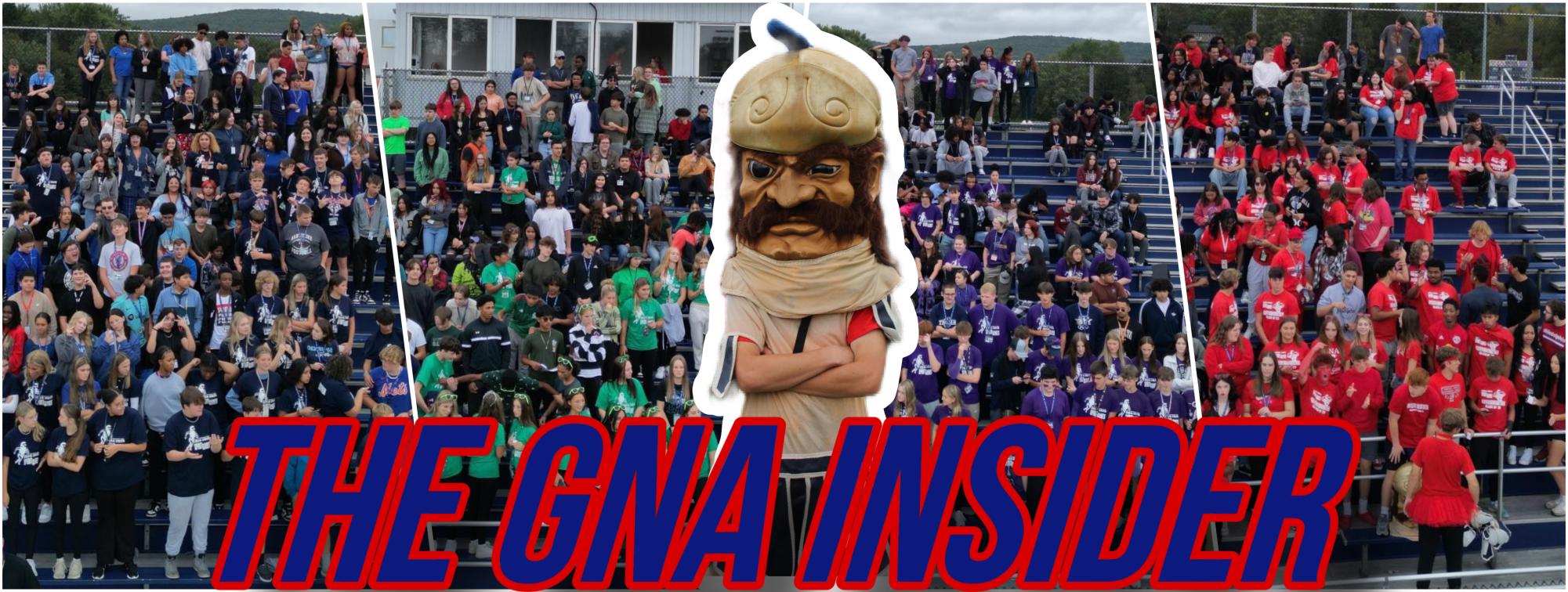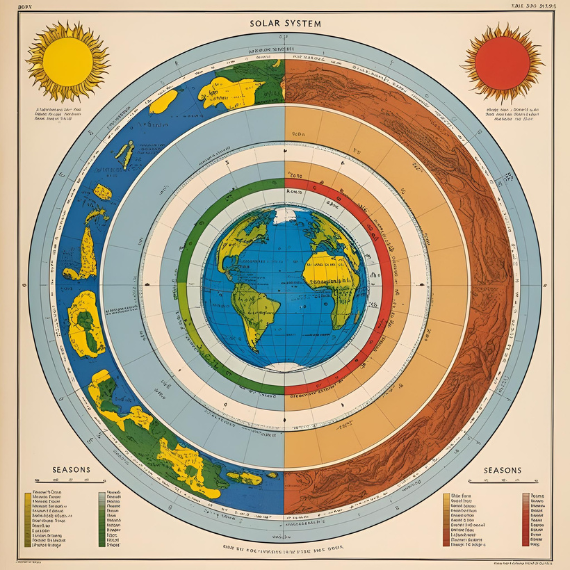Roundabouts on the rise
Many different cities are seeing a change to their roadways. It is occurring at one of the most dangerous places on the road- intersections.
Intersections account for more than forty percent of accidents in the United States, the second highest category of accidents, second only to fender benders. Most drivers navigate the standard 4 way stop intersection and 4 way signal intersection everyday, but not many traverse roundabouts as frequently.
The modern American roundabout makes up over five thousand active intersections in the U.S. and these numbers are increasing every year. These roundabouts have led to miraculous decreases in accident rates. With a thirty percent reduction in overall collision, it’s easy to see why so many transportation departments are developing more of this new type of intersection. Roundabouts have also led to a ninety percent reduction to fatality crashes. With this huge decrease in death tolls, it makes the roundabout a safer place for everyone, whether they are new drivers or experienced ones. Roundabouts also provide more safety to those pedestrians trying to cross the intersection. Due to modern roundabouts having islands separating the lanes of traffic leaving and entering the circle, a pedestrian only has to worry about one lane of traffic at a time. Though, the roundabout may seem trickier to travel around as a pedestrian, they have led to a forty percent reduction in pedestrian crossing collision.
These circles have numerous safety advantages, but the initial cost to create one is far more than constructing a four way intersection with signal lights. The average cost of a roundabout is $250,000 while the cost for a standard signal intersection is $45,000. It is a big margin in price, but the maintenance on roundabouts is far less costly. Signal intersections can cost $5,000 to $10,000 dollars each year for maintenance while roundabouts can easily be well maintained for under $2,500. Roundabouts also require less of a delay and lead to fewer crashes, which when factored all together roundabouts are a cheaper alternative. Therefore in the long run, roundabouts are preferred at most intersections than the traditional intersection.
The Department of Transportation is using these safer circular intersections now more than ever, and with a good cause. Less crashes, less fatalities, and less pedestrian collisions is everything that they look for in an intersection. An added bonus for roundabouts is they are less expensive in the long run. With all the reductions in collisions and even cheaper costs, roundabouts are sure to become more common intersection in the future.








Bart • Sep 16, 2017 at 1:50 am
This is a great article. Very well thought out and researched, unlike some of the other “off the cuff” comments we read. The only issue I have is with the cost of a signalized intersection… they are well more than 45K although the extent of what’s put into them does make their cost variable. Thanks for the information.